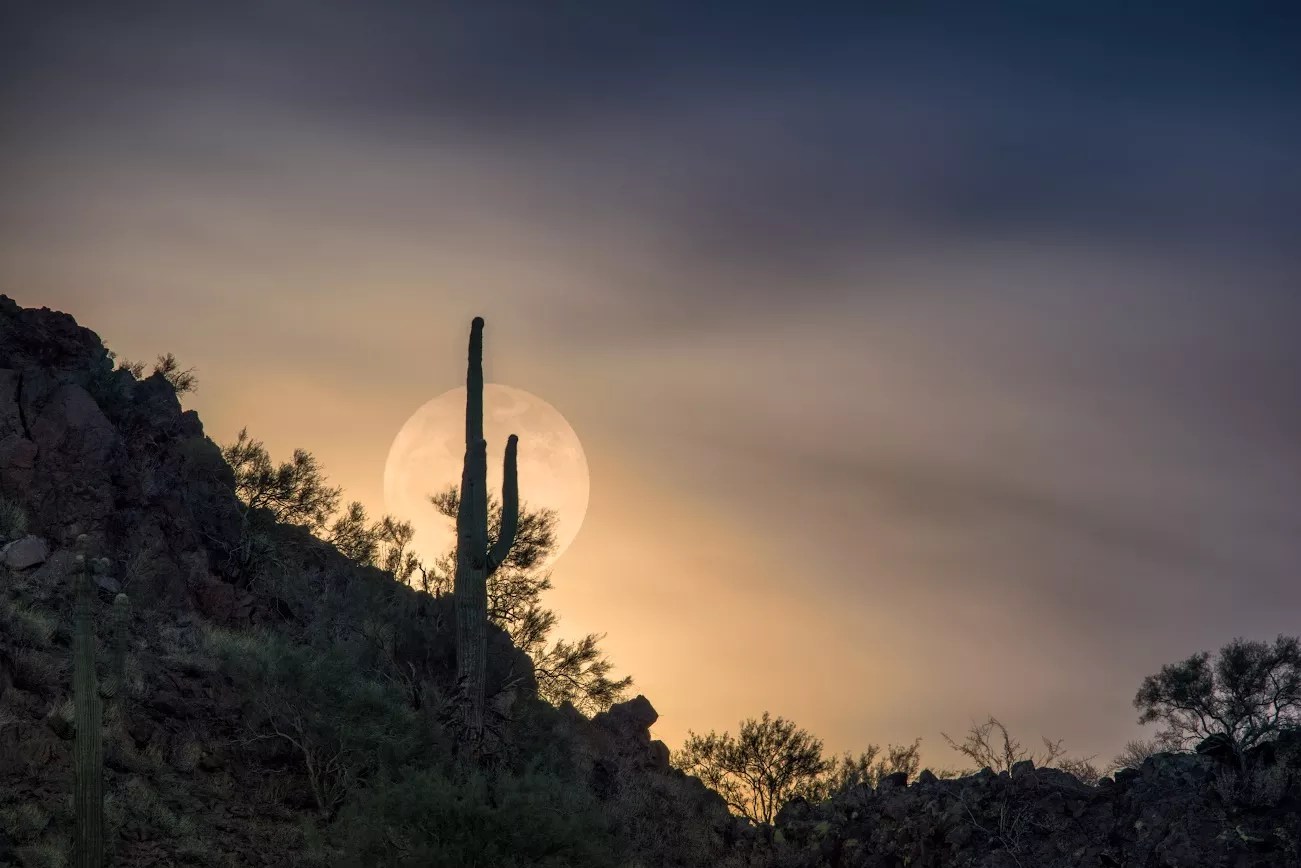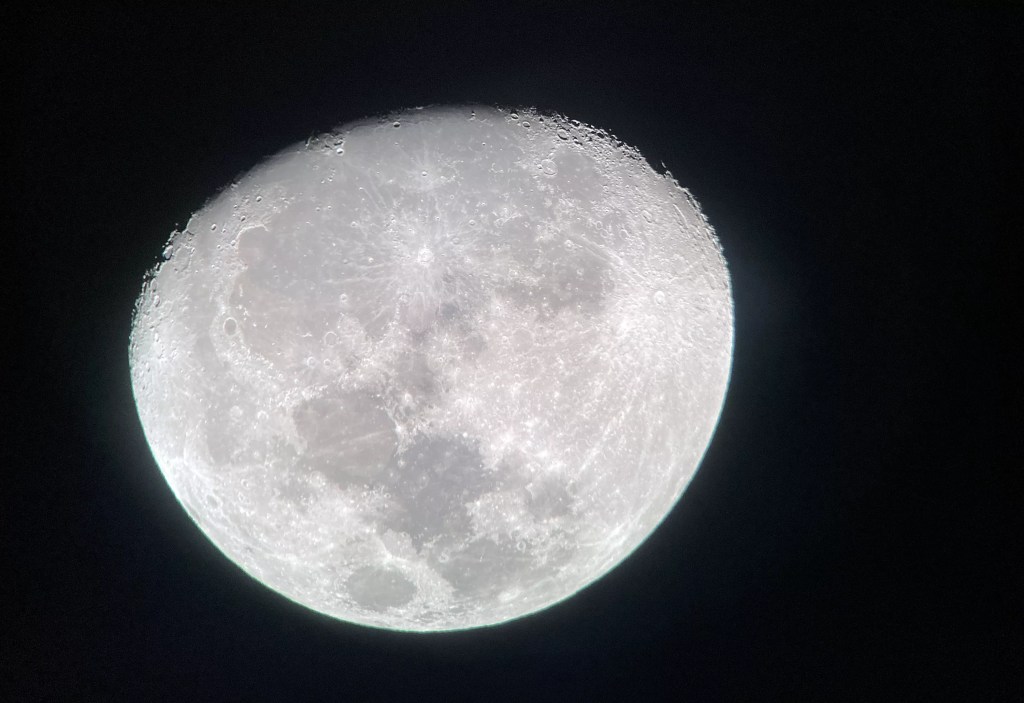
Kevin Boutwell/Getty Images

Audio By Carbonatix
If you’re seeking skywatching thrills this fall, don’t miss the supermoon Arizona will see on Monday, Oct. 6. Bigger and brighter than your average full moon, this celestial spectacle promises a striking view as the nighttime sky will be filled with moonlight.
In other words, our lunar neighbor is getting a major glow-up.
Supermoons occur multiple times a year when the orbit of moon reaches its closest point to Earth. October’s full moon will be the first and largest supermoon of 2025 and will offer a striking sight for stargazers across Arizona.
Here’s what to know about October’s supermoon and when to look for it in Arizona.
This year, make your gift count –
Invest in local news that matters.
Our work is funded by readers like you who make voluntary gifts because they value our work and want to see it continue. Make a contribution today to help us reach our $30,000 goal!

Jim Palmer
When is the full moon in October?
The full moon will happen on Monday, Oct. 6.
What is a supermoon?
A supermoon occurs when the full moon reaches its closest point to Earth in orbit, also known as perigee, making it appear larger and brighter than usual.
What time is the supermoon in Arizona?
The October supermoon will rise at 5:49 p.m. on Oct. 6, according to the website Time and Date.
How often do supermoons happen?
Supermoons typically occur multiple times a year. In other words, they’re not all that rare.
Where can I see the supermoon in Arizona?
The full moon will rise in the eastern sky on Monday evening. It will then cross overhead before setting on the western horizon at 7:01 a.m. Tuesday.
What will viewing conditions be like?
Monday’s forecast calls for completely clear skies. So barring any last-minute storms blowing through Arizona, you should have an unobstructed view.
How bright is the October supermoon?
The supermoon on Oct. 6 will be appear to be 14% larger and approximately 30% brighter than an normal full moon. It will be at 99.6% illumination, according to Time and Date. So finding it in the sky won’t be a problem.
Why does the moon appear larger on the horizon?
Because our minds are fooling us, basically. The moon looks larger on the horizon due to visual trick known as the “moon illusion.” When viewed near trees, buildings, mountains or other things on the horizon, our brains subconsciously compare the moon to those objects, making it seem unusually large.